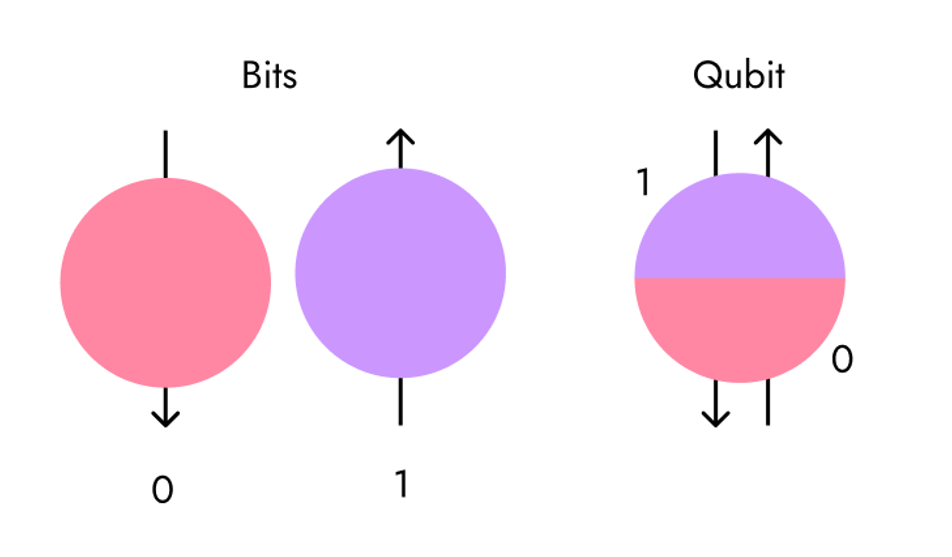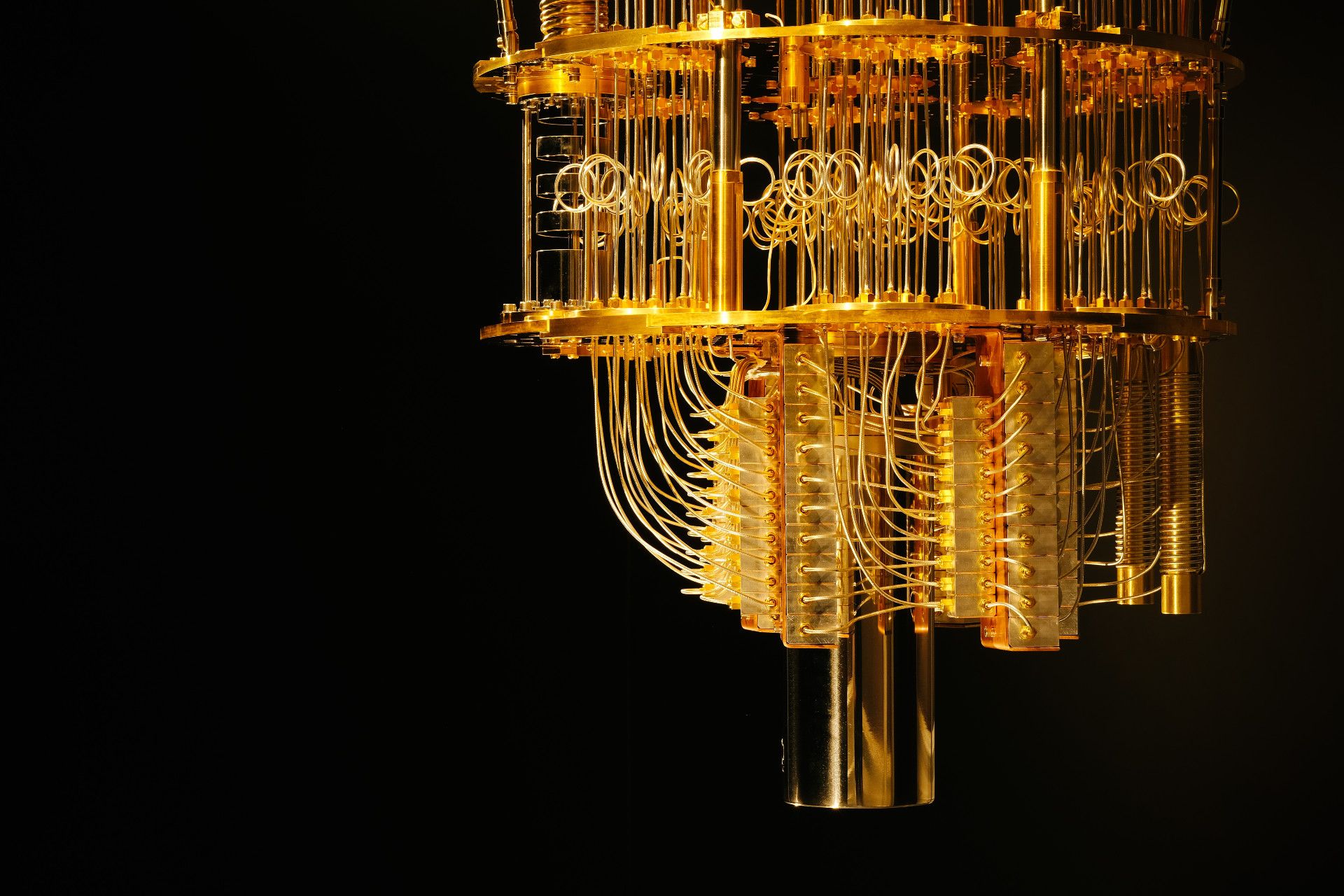What are Quantum Computers?
Imagine a computer so powerful that it can solve complex problems in minutes, problems that today’s supercomputers would take years to unravel. This is not science fiction; it’s Quantum Computing! Quantum Computers employ the principles of quantum mechanics, a field of physics that studies the behavior of particles at atomic and subatomic levels. These machines can potentially revolutionize fields from medicine to materials science to cryptocurrency. As industries and governments invest heavily in this technology, understanding quantum computing has never been more crucial.
Quantum Computers might not necessarily be better than traditional computers but they can perform calculations in areas where classical computers fail. Our world runs by the laws of quantum mechanics. So, if we use computers that make calculations using these principles, we might better understand it.
Classical vs Quantum Computers
Classical computers use binary bits. A bit can be either a 0 or a 1, like a light switch that is either on or off. Quantum computers use qubits. Instead of being in a single state of either 1 or 0, a qubit is a blended state of 0 and 1, meaning it is both 0 and 1. This is called superposition. Qubits can also become entangled, meaning their fates are linked. When entangled, measuring one qubit instantly tells you the state of the other, no matter how far apart they are. These unique properties of qubits allow quantum computers to perform calculations faster.

Structure
Qubits are made from superconductors as they have zero electrical resistance at very low temperatures. This allows for precise control and manipulation of the qubits with minimal energy loss. These superconducting circuits of qubits are stored in vacuum containers to prevent any disturbance caused by noise. Noise here refers to any form of energy, like electromagnetic radiation, radiowaves, heat, etc. The temperature is lowered to Millikelvins as the temperature is a form of noise itself. Preventing noise is crucial, as it can cause significant errors in calculations. Qubits are fragile, they need to be isolated from the world and kept in a pristine environment to work accurately.

Applications
Quantum computers hold immense potential in fields like medicine and materials science. They are exceptional tools for simulating the behavior of particles, which could lead to the creation of drugs to cure diseases like cancer and Alzheimer’s. In material sciences, quantum computers could help develop materials with superior properties.
Impact on Cryptocurrency
However, Quantum Computing can disrupt Blockchain technologies given their high computational power. Algorithms, such as Shor’s Algorithm could be a threat to the encryption methods being currently used. Shor’s Algorithm is used for factoring large integers. Shor's algorithm uses a mathematical concept called the periodicity of a function. The algorithm can efficiently determine its prime factors by applying this concept to a special function evaluated using the number to be factored. Classical Computers could take years to factor larger numbers but Shor's Algorithm utilizes the power of qubits to achieve factoring in a considerably shorter time.
The security of many encryption methods relies on the difficulty of factoring large numbers. Using quantum computers, hackers might easily get access to private keys, forge transactions, double-spend coins, etc. To tackle these problems:
- PQC (post-quantum cryptography) encryption algorithms are being developed.
- Additionally, Quantum Random Number Generation, which leverages the inherent randomness of quantum mechanics, could create truly unpredictable sequences of numbers, adding an extra layer of security.
Although these threats are not immediate, as more advanced quantum computers are still in development, it is essential to prepare for these future challenges.
Despite the hurdles, quantum computing holds immense potential to transform numerous fields. With increasing investment, it's critical to grasp its impact and prepare for a future reshaped by this revolutionary technology.


